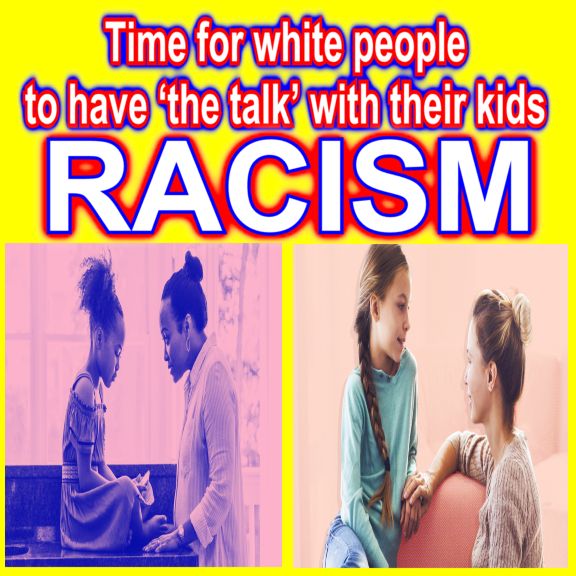Solutions Begin with our Youth!
In order to understand the problem of Critical Race Training in Educational institutions, parents and students need to understand what Critical Race Theory is and how it is implemented., Critical Race Theory is not the traditional civil rights movement, which sought to provide equal opportunity and dignity without regard to race.
Systemic racism, in the eyes of critical race theorists, stems from the dominance of race in American life. Critical race theorists and anti-racist advocates argue that because race is a predominant part of American life, racism itself has become internalized into the American conscience. It is because of this, they argue, that there have been significantly different legal and economic outcomes between different racial groups. Many anti critical race theorists are fighting to keep it out of our public education system because children are the real key to ending racism.
Psychologists and educators agree that we have a strong influence on our children’s views about diversity. If we remain silent, they will likely take their cue from other sources, not necessarily positive or healthy ones. You can help children develop their own attitudes towards cultural diversity by giving them accurate information about their own heritage and about other cultures and by helping them to understand that bigotry and intolerance are hurtful.
It is important to promote a strong, positive self-image from the first years of life. Building and maintaining a healthy self-identity is a life-long process and includes learning to get along with people different from ourselves. While it is fine to be proud of your own cultural identity or heritage, it doesn’t mean that yours is superior to someone else’s.
Children need to be taught to respect others and not to pre-judge them. We can help them see that there is much to learn from people who are different from ourselves, including those who live far away or lived long ago. We must teach them to behave respectfully towards other people and make it clear that it is wrong to tease or reject a person because of his or her appearance or heritage. We must also make them understand that some people behave in harmful ways towards others, and that their behavior should not be tolerated.
Bias based on gender, race, disability, or social class creates serious obstacles to all young children’s healthy development. Children can begin to learn at an early age to resist bias and to value the differences between people as much as the similarities.
Teach them how to challenge biases and let them know that unjust things can be changed – and that they can help change them. Remember that children will model your behavior towards others. You set a good example when you:
- Treat others with respect.
- Avoid using stereotypes (even seemingly positive ones, such as generalizing a whole ethnic group as exceptionally good at math or musically talented).
- Make it clear that prejudice is wrong.
- Don’t allow bigoted comments by others, even friends or family members, to go unchallenged.
If we endow our children with both healthy self-esteem and respect for those who are different from themselves, we help them grow into adults who will celebrate diversity and end racism.





